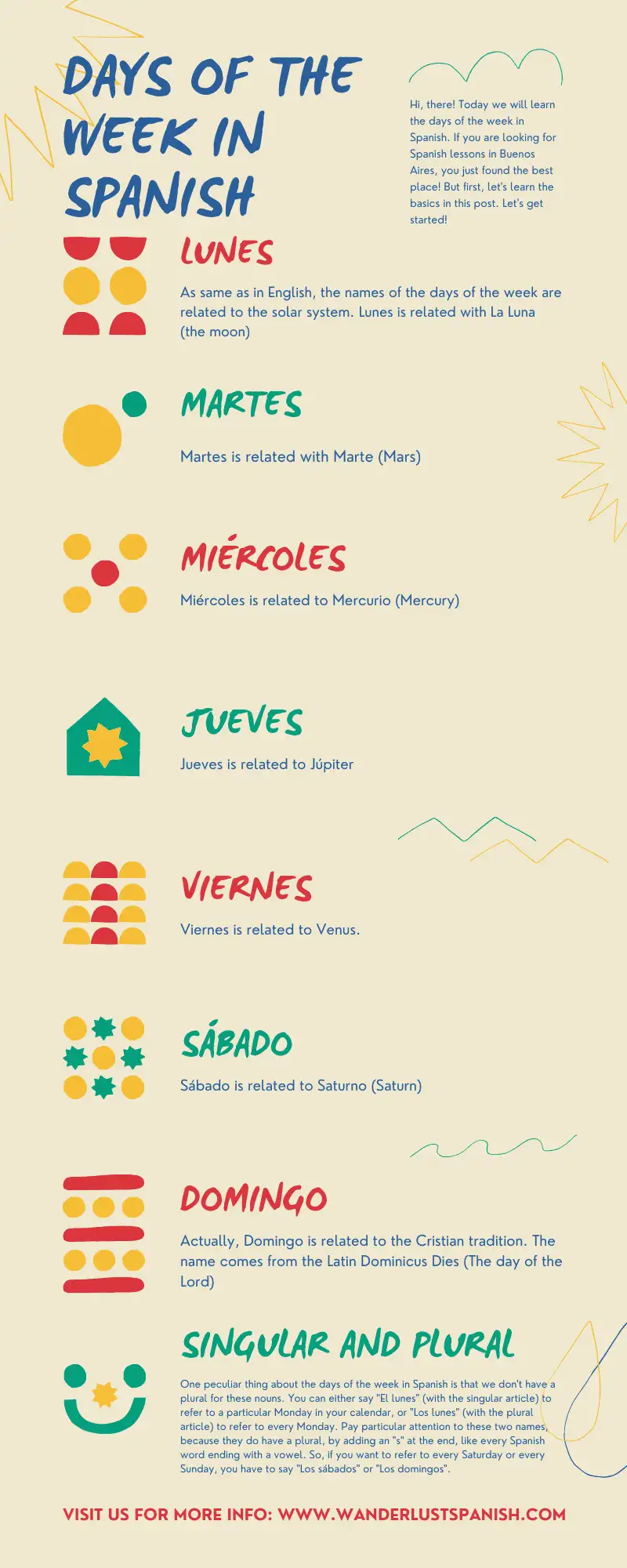Argentina’s political history has been shaped by a number of influential figures and movements, but few have had the impact of Peronism and Kirchnerism. These two movements, which have been shaped by a range of social, economic, and political factors, have had a profound impact on Argentina’s development over the past century, shaping everything from the country’s social welfare policies to its foreign relations.
In this blog post, we will explore the history of Peronism and Kirchnerism in Argentina, from their origins to their contemporary iterations. We will examine the key figures and ideas that have shaped these movements, as well as the challenges and controversies that have arisen along the way. Finally, we will look at the current state of Argentine politics, and the ways in which Peronism and Kirchnerism continue to shape the country’s future.
The Kirchner family is one of the most prominent political families in Argentina. Néstor Kirchner and his wife Cristina Fernández de Kirchner both served as Presidents of Argentina, with Néstor serving from 2003 until 2007 and Cristina serving from 2007 until 2015. Their political legacy has had a significant impact on Argentina’s recent history.
Néstor Kirchner’s presidency was marked by a focus on human rights and economic recovery. When he took office in 2003, Argentina was facing a severe economic crisis that had left many Argentines in poverty. Kirchner implemented policies that sought to increase economic growth, reduce poverty, and promote social inclusion. He also prioritized addressing human rights abuses that occurred during Argentina’s “Dirty War” in the 1970s and 1980s.
One of Kirchner’s most significant achievements was his decision to repeal the Full Stop Law and the Law of Due Obedience. These laws had granted amnesty to members of the military who had committed human rights abuses during the Dirty War. Kirchner’s decision to repeal these laws allowed for the prosecution of those responsible for the abuses and helped to bring closure to families who had lost loved ones during the period.
After Néstor Kirchner’s sudden death in 2010, his wife Cristina Fernández de Kirchner took over as President. Her presidency was marked by a continuation of many of her husband’s policies, as well as an emphasis on social justice and expanding access to education and healthcare.
However, her presidency was also marked by controversy and criticism. Many accused her of corruption and mismanagement, and her government faced several high-profile scandals. Despite this, she remained a popular figure among many Argentines, particularly those from lower-income backgrounds who benefitted from her social policies.
Today, the Kirchner legacy continues to be a significant part of Argentina’s political landscape. Cristina Fernández de Kirchner remains an influential figure in Argentine politics, and her political movement, known as Kirchnerism, continues to shape the country’s political discourse.
In conclusion, the Kirchners have left a lasting impact on Argentina’s history and politics. Their emphasis on social justice and human rights has resonated with many Argentines, even as their political legacy remains the subject of ongoing debate and controversy. Regardless of one’s political views, it is undeniable that the Kirchners have played a significant role in shaping modern Argentina.

The Complex Relationship Between Peronism and Kirchnerism in Argentina’s Political Landscape
The relationship between Peronism and Kirchnerism is complex and multifaceted. On one hand, Kirchnerism can be seen as a continuation of the populist and nationalist ideology that Peron espoused during his presidency. Both Peronism and Kirchnerism place a strong emphasis on social justice and redistribution of wealth, and both movements have often been associated with working-class and lower-income voters.
However, there are also significant differences between the two movements. Kirchnerism has been described as a more left-leaning version of Peronism, with a greater emphasis on human rights and a more progressive social agenda. Kirchnerism also developed as a response to the economic and political crises of the 1990s and early 2000s, which were not present during Peron’s time in office.
Despite these differences, both Peronism and Kirchnerism remain influential political forces in Argentina. Cristina Fernández de Kirchner, who served as President from 2007 until 2015, has often been described as a key figure in the Kirchnerist movement and a continuation of the Peronist legacy. Many of her policies, such as expanding access to healthcare and education and promoting social inclusion, can be seen as consistent with the goals of both Peronism and Kirchnerism.
Overall, the relationship between Peronism and Kirchnerism is complex and nuanced, with both movements sharing some common ideological goals but also exhibiting significant differences in their approach to politics and social issues. Despite these differences, both movements remain an important part of Argentina’s political landscape and continue to shape the country’s political discourse.

Alberto Fernandez and the Continuation of Peronism in Argentina’s Politics
Alberto Fernandez is the current President of Argentina, having taken office in December 2019. He was elected as the candidate of the Frente de Todos coalition, which includes both Peronist and non-Peronist parties.
Prior to his election, Fernandez served as a lawyer and a professor of criminal law. He first entered politics in the 1990s, serving as Chief of Cabinet of Ministers under President Nestor Kirchner from 2003 to 2008. Fernandez was a key advisor to Nestor Kirchner during his presidency and was credited with helping to steer Argentina out of the economic crisis that had engulfed the country in the early 2000s.
Fernandez’s presidency has been marked by a number of significant challenges, including the COVID-19 pandemic, ongoing economic issues, and political tensions with other countries in the region. He has faced criticism from some sectors of Argentine society for his handling of these issues, but he has also received praise for his efforts to promote social inclusion and address inequality.
Fernandez has described himself as a “moderate” Peronist, and his presidency has been seen by many as a continuation of the Peronist legacy in Argentine politics. Like other Peronist leaders, he has placed a strong emphasis on social justice and has sought to promote greater economic stability and growth in the country.
Overall, Alberto Fernandez is a key figure in contemporary Argentine politics and represents an important continuation of the Peronist and Kirchnerist legacies in the country. His presidency will continue to shape the future of Argentina, and his policies and approach to governance will be closely watched by both supporters and critics alike.
In conclusion, the legacies of Peronism and Kirchnerism continue to shape Argentina’s political landscape, both domestically and internationally. These two movements have had a profound impact on the country’s social, economic, and political development, and their influence can still be seen in the policies and ideologies of contemporary leaders such as Alberto Fernandez.
While there are significant differences between Peronism and Kirchnerism, both movements share a common commitment to social justice and the well-being of working-class and lower-income Argentinians. As Argentina faces a range of challenges in the years ahead, including ongoing economic issues, political instability, and social inequality, the principles and values of these movements will continue to play a critical role in shaping the country’s future.
Whether it is through the continued efforts of Peronist and Kirchnerist leaders or through the emergence of new political movements and ideologies, the legacy of these movements is sure to endure for years to come.








